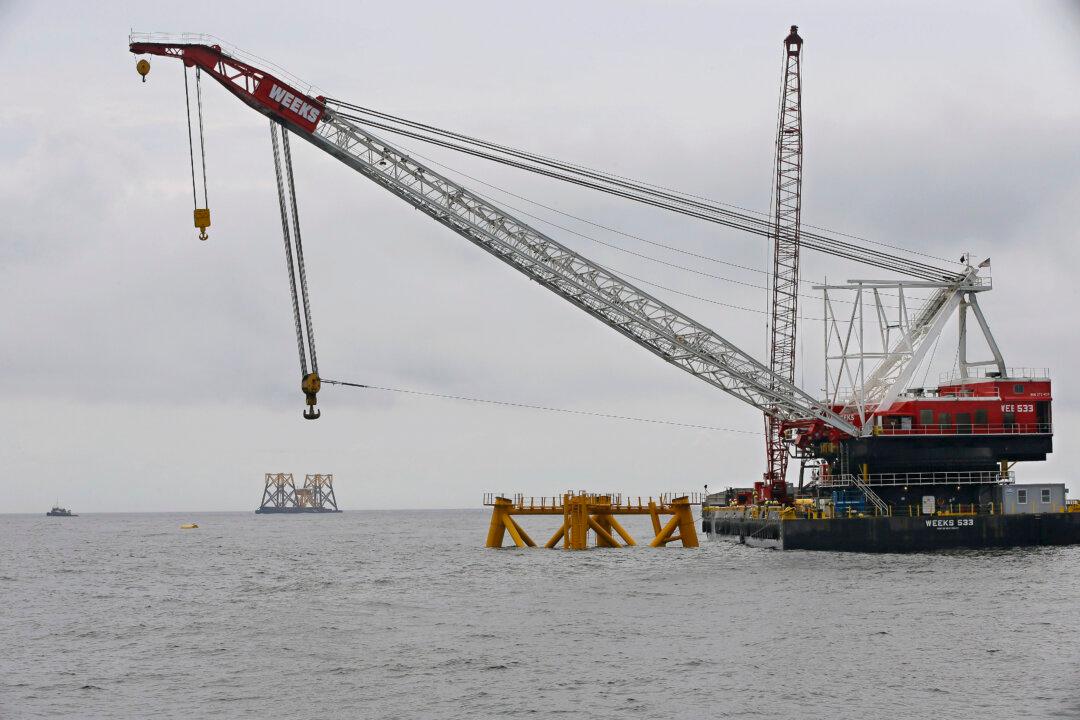President Donald Trump’s recent decision to ban the development of energy projects off the Atlantic coast of Florida, Georgia, and North and South Carolina will stop the development of oil and gas projects for a period of ten years. The ban will also include offshore wind energy installations, a spokesperson for the Interior Department’s Bureau of Ocean Energy Management (BOEM) told The Epoch Times.
Trump’s order would withdraw certain areas of the American outer continental shelf from leasing disposition and “prevents consideration of these areas for any leasing for purposes of exploration, development, or production,” the White House said in a Sept. 8 statement. It applies for a 10-year period between July 1, 2022, and June 30, 2032.





